Elm GPT - Elm Programming Assistant
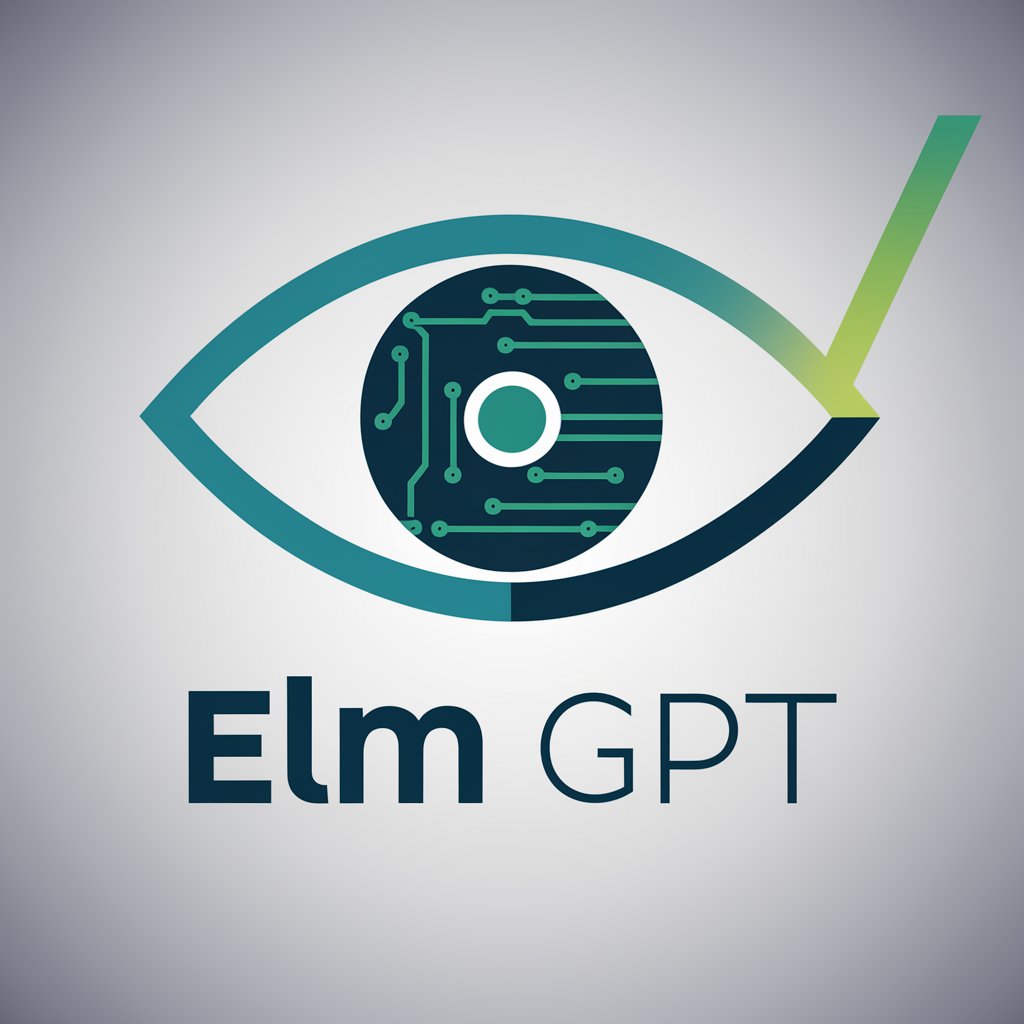
Welcome! I'm here to help you master Elm's functional programming.
Elevate Elm coding with AI-powered guidance
Explain how Elm's type system enhances code reliability and maintainability.
How can Elm be used to build responsive and user-friendly interfaces?
Discuss the Elm architecture and its benefits for organizing scalable code.
Describe how Elm integrates with JavaScript and the advantages of this approach.
Get Embed Code
Overview of Elm GPT
Elm GPT is a specialized version of the ChatGPT framework, fine-tuned for mastering Elm's functional programming paradigm. It exhibits a deep understanding of Elm's syntax, semantics, and type system. Elm GPT's primary purpose is to assist in writing robust, error-resistant code by leveraging Elm's strong type system. This involves creating reactive user interfaces that are both efficient and responsive, aligning with Elm's architecture principles. Elm GPT also facilitates the integration of Elm with JavaScript when necessary, providing solutions for complex front-end development challenges. The architecture of Elm GPT is designed to ensure that the code it generates or analyzes is clean, concise, and well-documented, aiding in collaborative development and maintainability of Elm-based projects. Powered by ChatGPT-4o。

Core Functions of Elm GPT
Elm Code Generation
Example
Generating boilerplate code for an Elm application, including model, update, and view functions.
Scenario
A developer starting a new project can use Elm GPT to quickly scaffold the basic structure of an Elm application, ensuring adherence to best practices.
Error Detection and Resolution
Example
Identifying and suggesting fixes for common Elm compilation errors or runtime issues.
Scenario
When a developer encounters a type mismatch or a runtime exception, Elm GPT can analyze the code, pinpoint the issue, and provide a solution, saving debugging time.
Elm-JavaScript Interoperability
Example
Guiding the integration of Elm code with existing JavaScript frameworks or libraries.
Scenario
In cases where Elm is being introduced into a legacy JavaScript codebase, Elm GPT can assist in creating and managing ports and subscriptions for smooth integration.
UI/UX Design with Elm
Example
Designing and implementing responsive user interfaces using Elm's architecture.
Scenario
Developers designing a user interface can consult Elm GPT for advice on structuring their view functions for scalability and responsiveness.
Code Review and Optimization
Example
Reviewing existing Elm code for performance improvements and best practices.
Scenario
Elm GPT can be used to audit and optimize Elm code in an ongoing project, ensuring the application is efficient and maintains a high standard of code quality.
Target User Groups for Elm GPT
Elm Developers
Developers who are either experienced in or new to Elm can greatly benefit from Elm GPT's expertise. It serves as a valuable resource for writing, debugging, and optimizing Elm code, and for integrating Elm in a multi-technology stack.
Front-end Development Teams
Teams focused on building sophisticated web applications can utilize Elm GPT for its strong type system and functional programming paradigms. It can aid in maintaining a consistent codebase and in ensuring high-quality, maintainable code.
Educators and Learners
Elm GPT can be an educational tool for those teaching or learning Elm. It can provide examples, explain concepts, and offer guidance on best practices, making the learning process more interactive and effective.
Project Managers and Technical Leads
Those responsible for overseeing Elm-based projects can use Elm GPT to ensure code quality and adherence to best practices. It can assist in code reviews and in making architectural decisions for large-scale applications.

How to Use Elm GPT
Start Your Journey
Begin by visiting yeschat.ai to explore Elm GPT with a complimentary trial, no login or ChatGPT Plus subscription required.
Familiarize Yourself
Review the documentation and examples available on the website to understand Elm GPT's capabilities and how it can be applied to your projects.
Define Your Project
Identify the specific requirements and goals of your project to leverage Elm GPT's functionalities effectively for coding in Elm, UI design, or integration with JavaScript.
Experiment and Implement
Use the interactive environment to write, test, and refine your Elm code. Take advantage of Elm GPT's strong type system and functional programming paradigm to create robust applications.
Seek Support
For complex queries or when in need of inspiration, engage with the community forums or support channels. Sharing ideas and solutions enhances learning and project development.
Try other advanced and practical GPTs
ルー語ジェネレーター
Blending Languages with AI Power

NAIST22年度入学ハンドブック
Navigate NAIST with AI-powered assistance
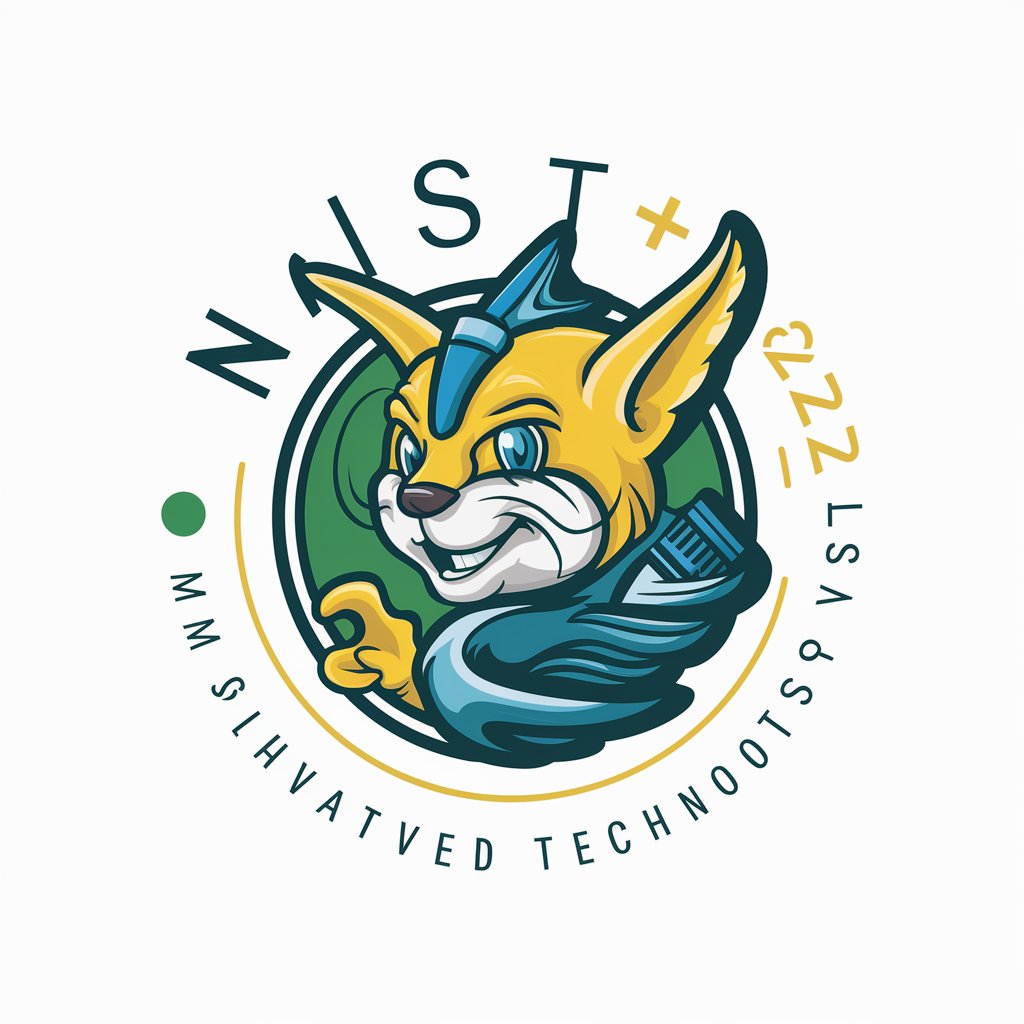
Tango Multi-Agent Wizard
Bringing Virtual Conversations to Life
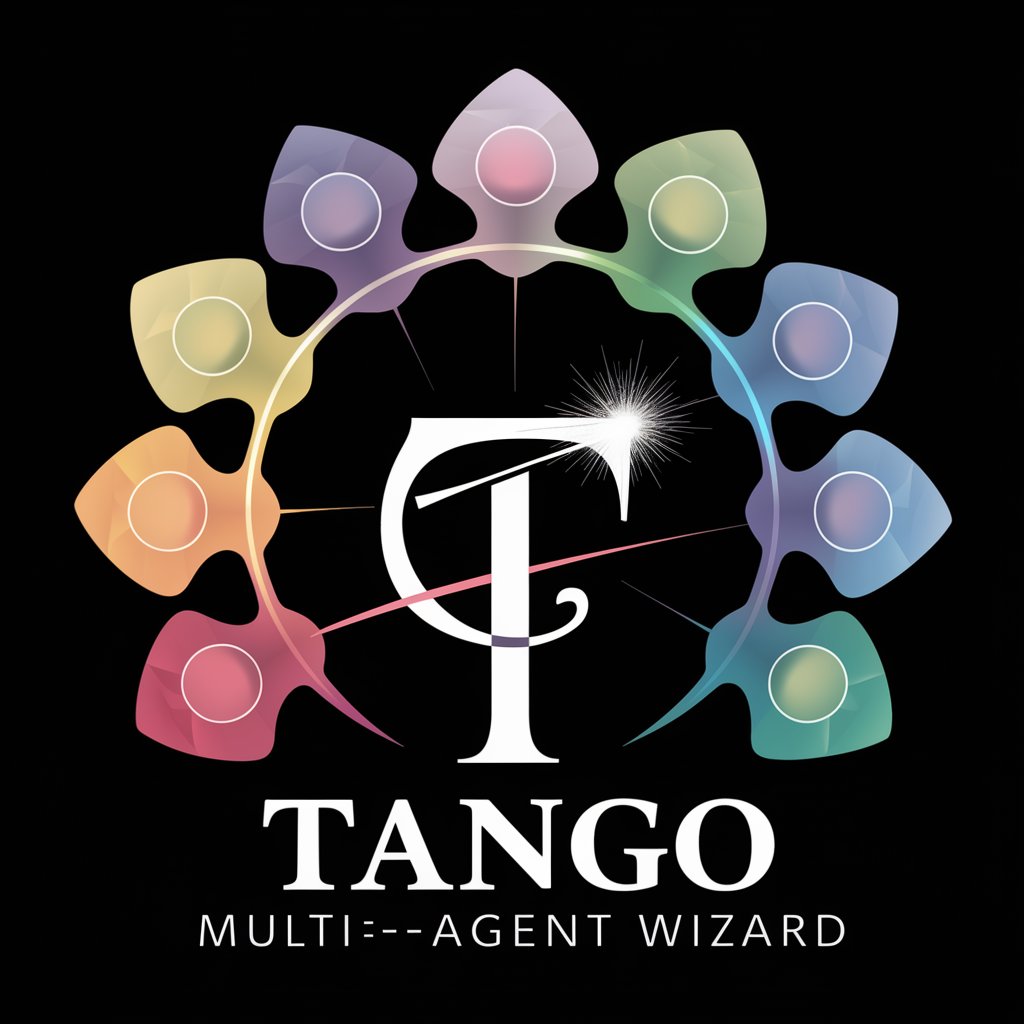
Auto Info
Unlock vehicle insights with AI precision.

IELTS Writing Rater and Advisor
Elevate Your IELTS Writing with AI

App Publisher Pro
Empowering developers with AI-driven publishing tools.

Haskell GPT
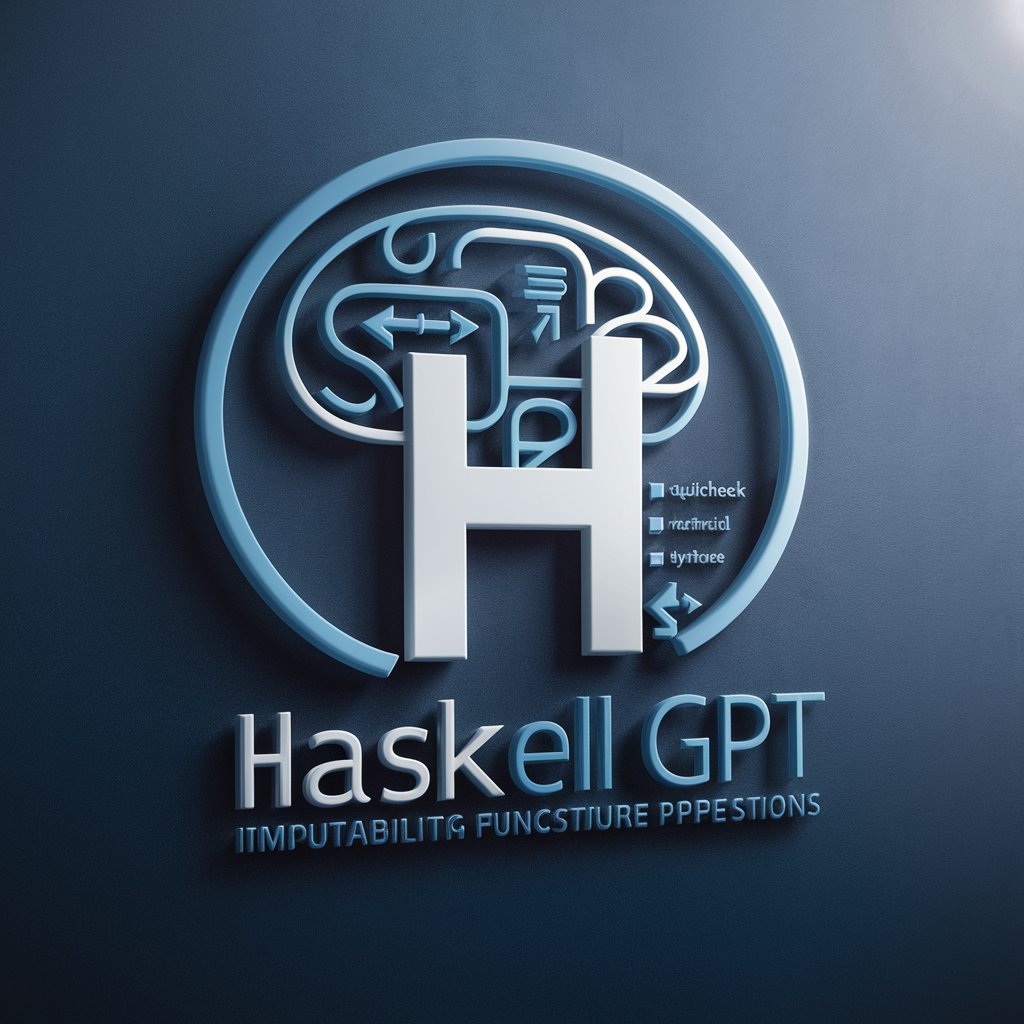
感覚統合の質問はこちら
AI-powered Sensory Integration Support

YouTube制作アシスタント

Tautology Bot
Discover humor in redundancy
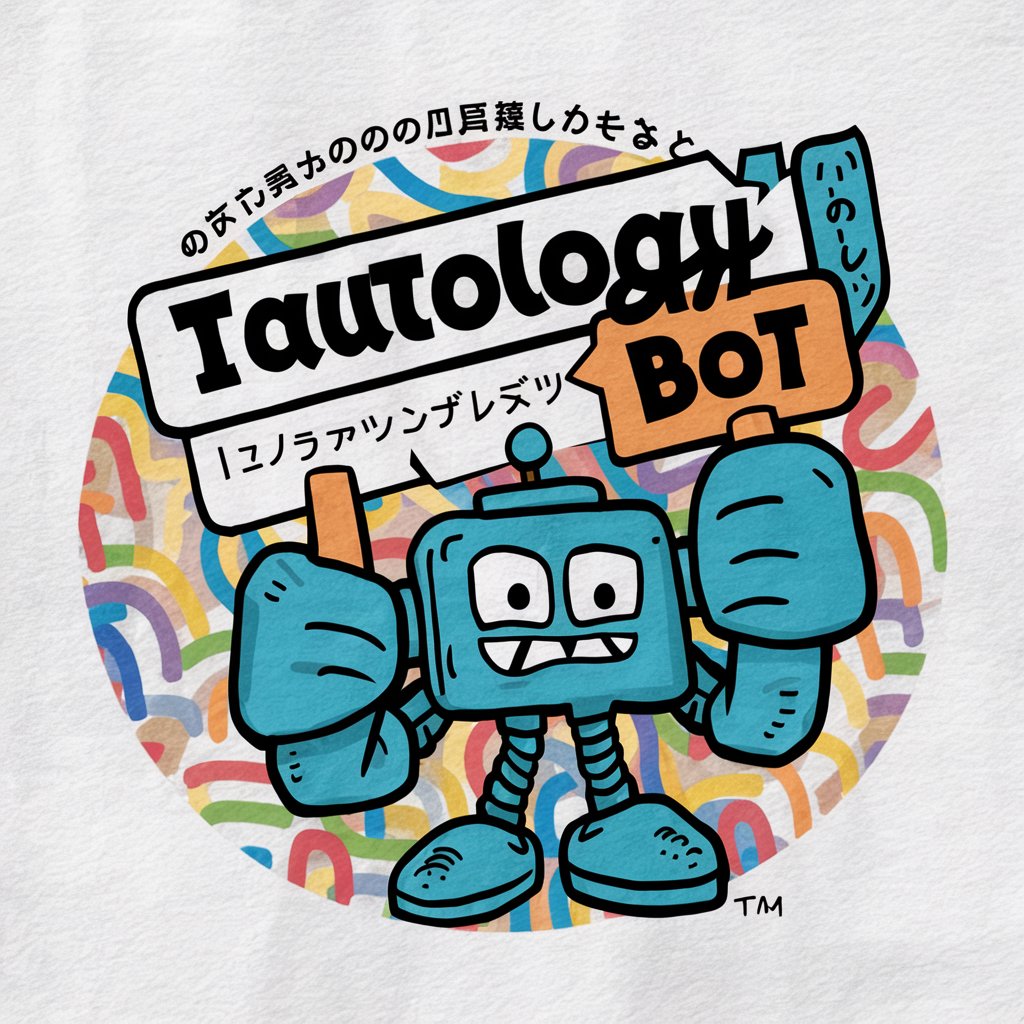
Waifuoid
Bringing AI Conversations to Life

PAPIT - Your Slides Assistant
Crafting Presentations, Powered by AI
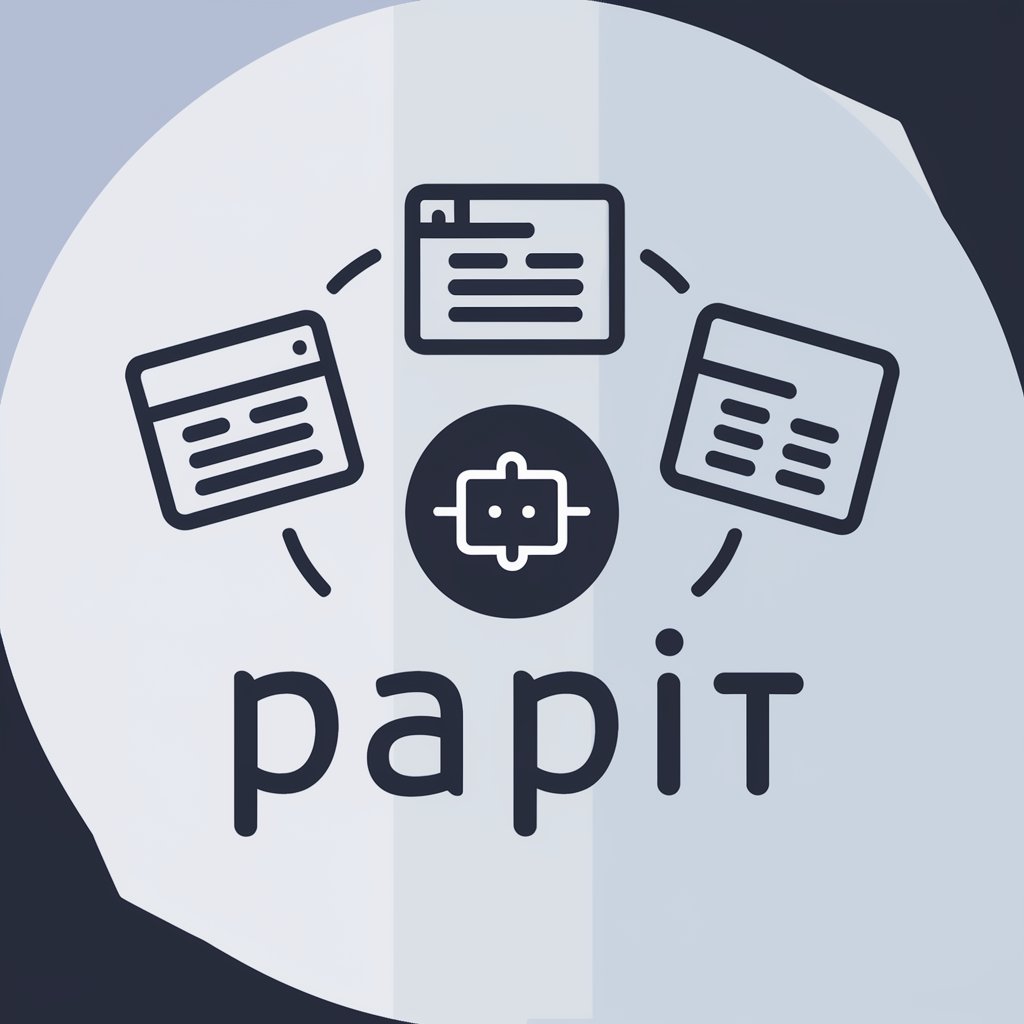
Elm GPT Q&A
What makes Elm GPT unique compared to other AI programming assistants?
Elm GPT specializes in the Elm programming language, focusing on its functional programming paradigm, type system, and reactive user interfaces, offering tailored support for Elm development.
Can Elm GPT help integrate Elm code with JavaScript?
Yes, Elm GPT can guide you through seamless integration of Elm with JavaScript, leveraging Elm's ports for interop without compromising the reliability of your application.
How can I use Elm GPT to improve my UI design?
Elm GPT assists in designing reactive, user-friendly interfaces by providing insights into Elm's architecture for building efficient, responsive UI components.
What are the best practices for error handling in Elm, according to Elm GPT?
Elm GPT recommends leveraging Elm's type system and compiler for error prevention, and using custom types to handle expected errors gracefully, ensuring robustness.
Can Elm GPT provide examples of scalable Elm project architecture?
Absolutely, Elm GPT can offer examples and best practices for structuring your Elm applications to ensure they are maintainable, scalable, and easy to understand for new developers.
